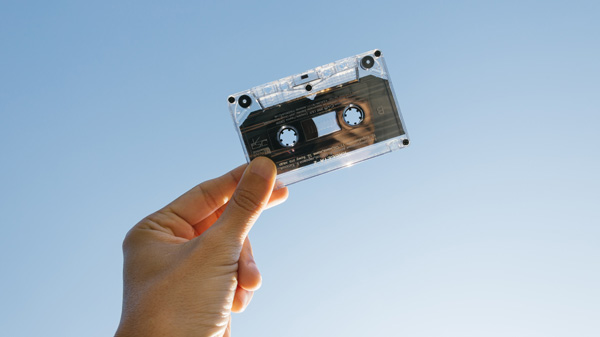It is said that the origins of music therapy can be traced back to thousands of years, indeed long before families gathered around in their homes to listen to gramophones, and definitely long long before the first angsty teenager shoved a pair of headphones into their ears.
In fact, there are evidences abound of music being used in our daily lives and as healing rituals as early as Neolithic times, with ancient cave carvings and bone flutes all seeming to tell us just how key music was to human lives. Even Greek philosopher Pythagoras theorised around 550BC how music can be used to influence our emotions and, in 18th century London, hospitals adopted the practice of using music to heal patients.

But what exactly is music therapy and who does this age-old remedy benefit? We sat down with Dr. Annie Heiderscheit, the Director of Music Therapy at Augsburg University and Chair of Communications for the International Association of Music and Medicine (IAMM) – who had recently visited Hong Kong for the Institute for Creative Arts Therapy (HK)‘s 5th anniversary and the 1st collaboration anniversary with Shining life Limited as the keynote speaker and workshop facilitator – to learn more about the more modern approaches of therapeutic toe-tapping.
Heiderscheit, who has over 30 years of clinical practice experience, explained to Gafencu that her definition of Music Therapy can be simplified down to “the prescriptive use of music to meet the needs of an individual”.
A therapy approach that certainly focuses on the unique needs of individual patients, music therapy is used from womb to tomb, so to speak, with therapists having patients from every stage of life. From children with developmental disabilities and war veterans suffering from post-traumatic stress disorder to even patients suffering from Alzheimer’s, the flexible tool of music can be used to help a wide group of people.

Despite its healing qualities, therapy in general is largely stigmatised in Asia, which is why Dr. Heiderscheit also talked to us about how important it is to overcome the stigma and normalise therapy. She said: “Therapy exists not because there is something necessarily wrong with us, it is more about how do we become the better and best version of ourselves – and sometimes having someone who is trained to observe and listen to undergo that journey with you can be a great tool.”

However, due to the nature of music therapy, it can often be shrugged off as “music time” rather than a mental-health treatment. While this may present an opportunity to those who are normally reluctant to seek out help for their mental health, it can also undermine the gravitas of the practice. However, as Dr. Heiderscheit puts it: “Therapy doesn’t always have to be painful and uncomfortable – it can be therapeutic and often music therapy allows one to have a good time”.
To learn more about music therapy and music therapists in Hong Kong, visit the Institute for Creative Arts Therapy (HK).
Text: Bailey Atkinson



